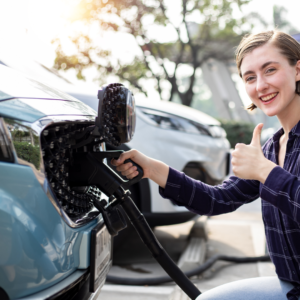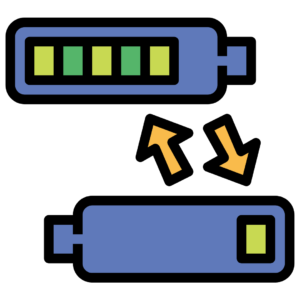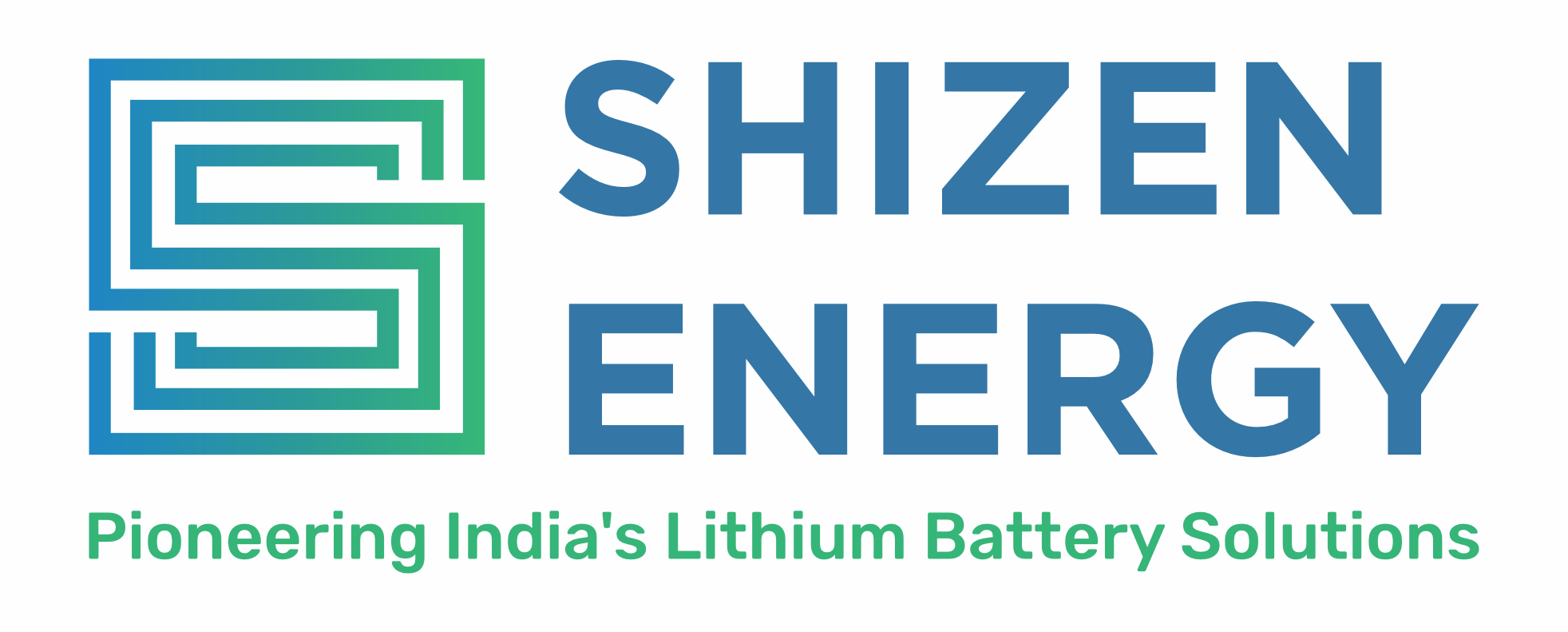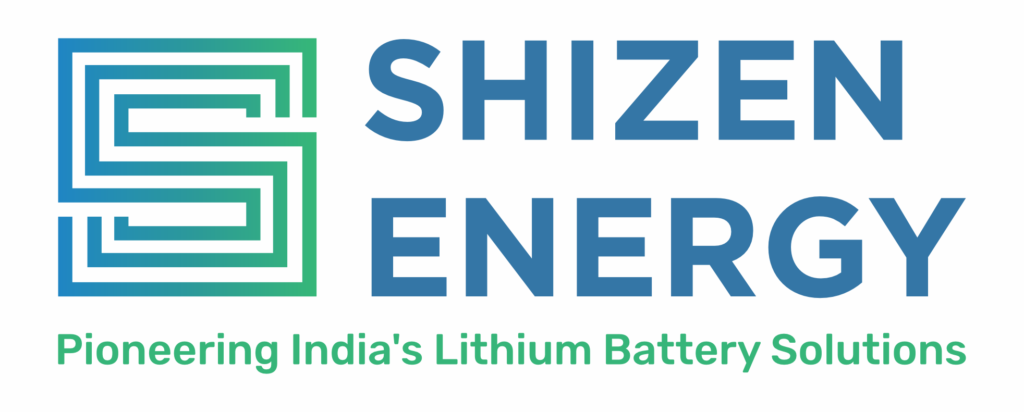Fast Charging vs. Battery Swapping
As electric vehicle (EV) adoption continues to grow, two competing battery charging solutions have emerged for quickly replenishing the battery: fast charging and battery swapping. Both aim to solve the issue of long charging times compared to refueling a gasoline vehicle. But which approach will ultimately win out? Let’s compare the two.
Fast Charging Battery Charging Solutions in India
Pros:
- Leverages existing efforts to build charging infrastructure under FAME schemes for widespread adoption of EVs.

- It is supported by major automakers selling EVs in India like Tata, MG, and Hyundai, making it a viable lithium battery charging solution.
- Home or workplace charging is viable for urban EV users, reducing dependence on public charging infrastructure.
- Avoids complex supply chain and standardisation issues associated with battery swapping solutions
Cons:
Public fast charging station networks are still limited, especially in semi-urban and rural areas, hindering inter-city EV travel.
High upfront costs for installing fast charging equipment and the required grid upgrades to support high loads
Local power grid limitations and reliability issues in many Indian regions impact fast charging availability.
Battery Swapping Lithium Battery Charging Solutions in India
Pros:
Allows true rapid “refuelling” times of just 3-5 minutes, addressing range anxiety concerns.

Potential for innovative battery swapping subscriptions and battery-as-a-service models for lithium battery charging
Suitable for commercial fleet operators like e-rickshaws and e-commerce delivery vehicles with high utilisation
Some startups, like Battery Smart and RACEnergy, are investing in the battery swapping solutions space in India.
Cons:
Requires massive investment in new swap station infrastructure from the ground up across India.
Battery design standardisation across OEMs is a major coordination and supply chain challenge for swapping.
Questions remain around used swapped battery life, recycling, and safety aspects of lithium batteries.
The winner for India? In the Indian context, battery swapping may have an edge over fast charging, at least initially. Firstly, the ultra-rapid refuelling times of just minutes are a bigger differentiator given India’s urban density and range constraints on affordable EVs. Additionally, swapping could unlock new business models like battery subscriptions for lithium battery charging solutions.
However, the currently Indian EV market adoption and lack of standardisation around swappable battery packs pose big challenges. In fact, startups have struggled to raise capital and scale the buildout of swap stations, which is a capital-intensive exercise.
On the other hand, fast charging’s ability to gradually build out affordable charging options—home, workplace, and public—without massive industrial coordination around standards may prevail as a lithium battery charging solution long-term as EVs gain greater market share across India. Furthermore, this approach may be more viable in the long run.
As a result, a hybrid approach seems likely, with swapping for commercial/fleet use cases requiring rapid recharging and public fast charging networks on urban corridors and highways. Ultimately, overcoming high infrastructure costs on both battery swapping and fast charging fronts through creative financing models, conducive policies, and technology partnerships will be key for either solution to truly proliferate in India’s highly price-sensitive EV market.

